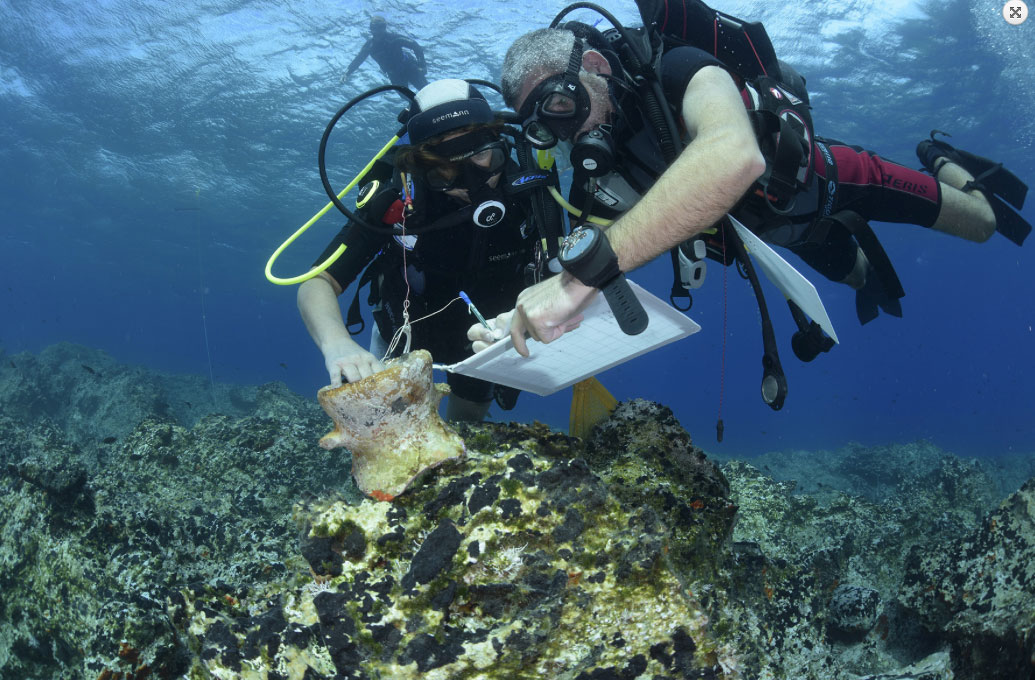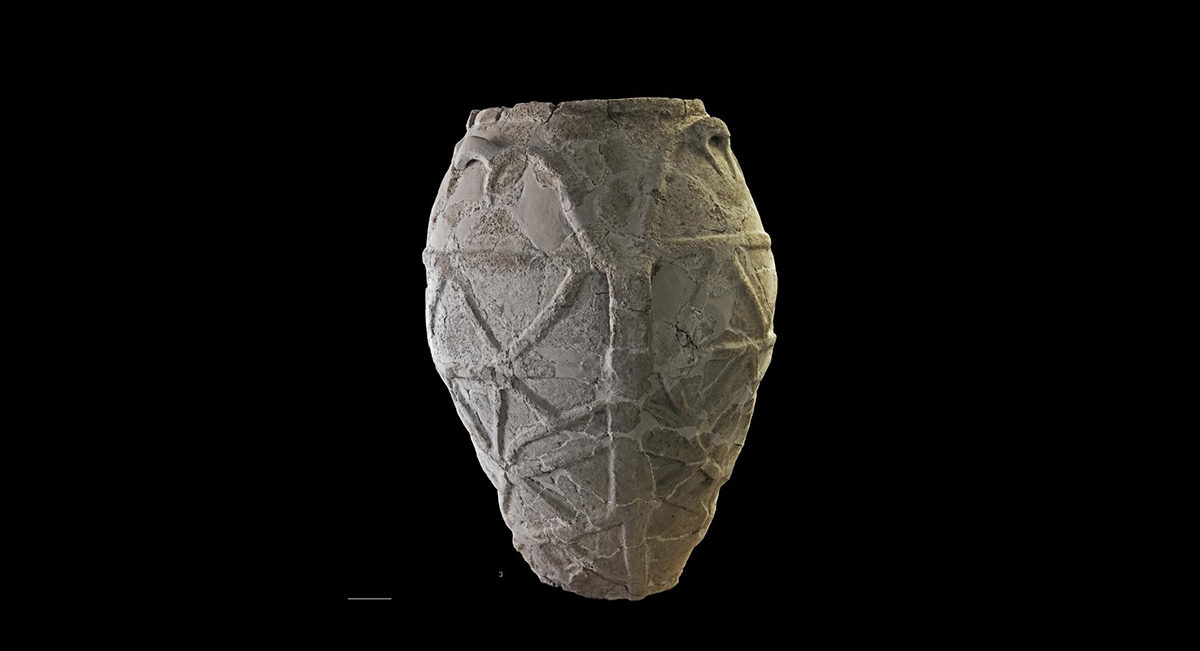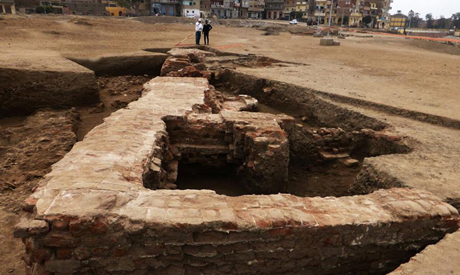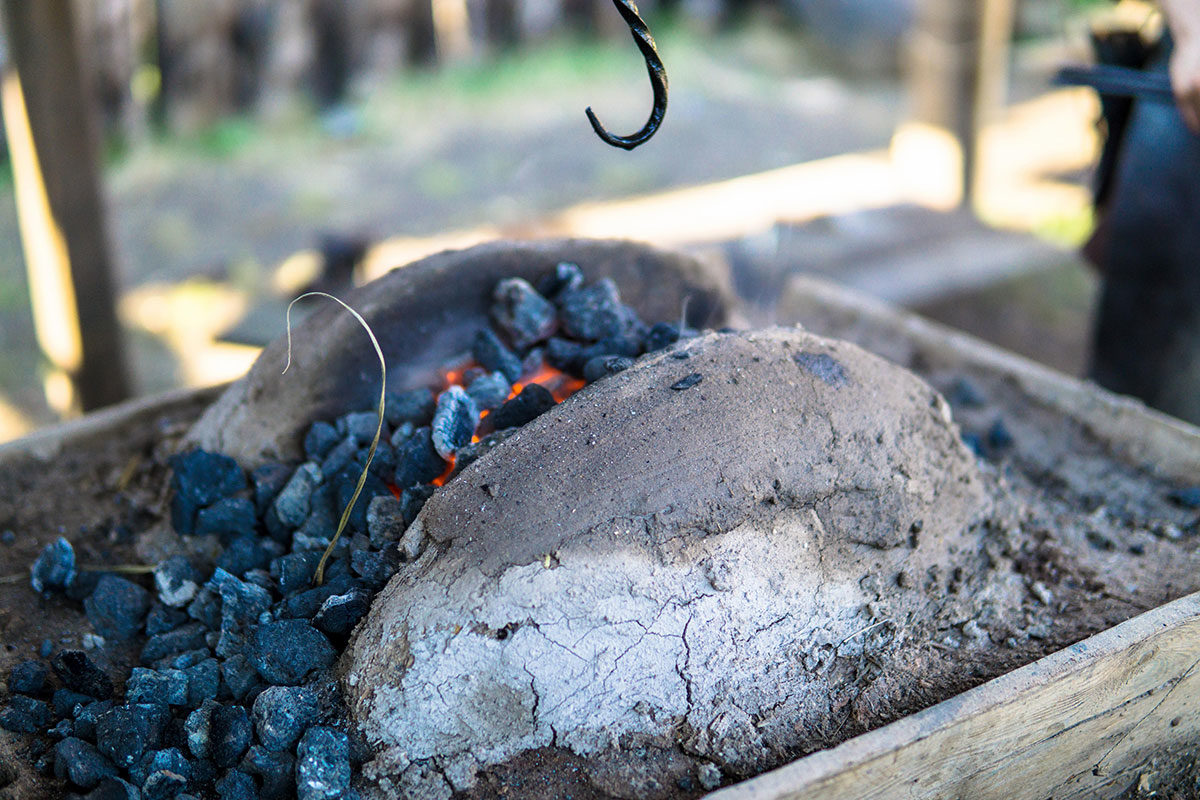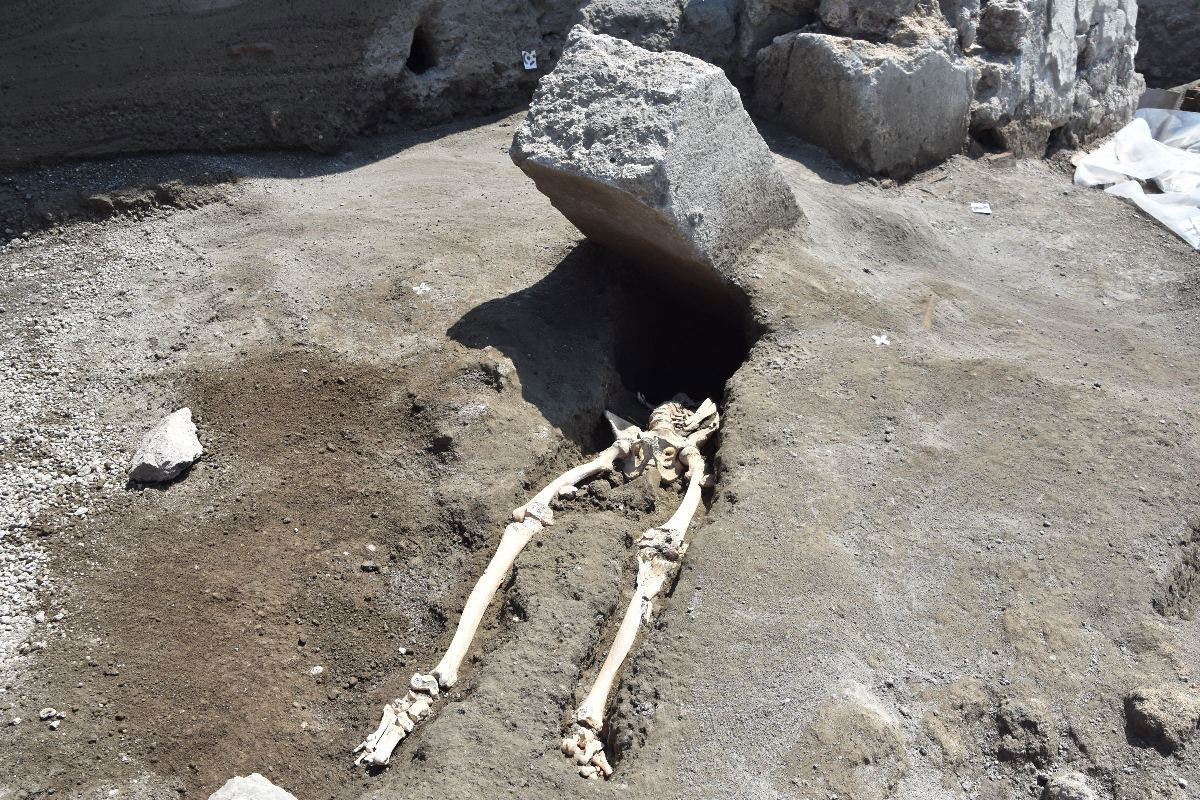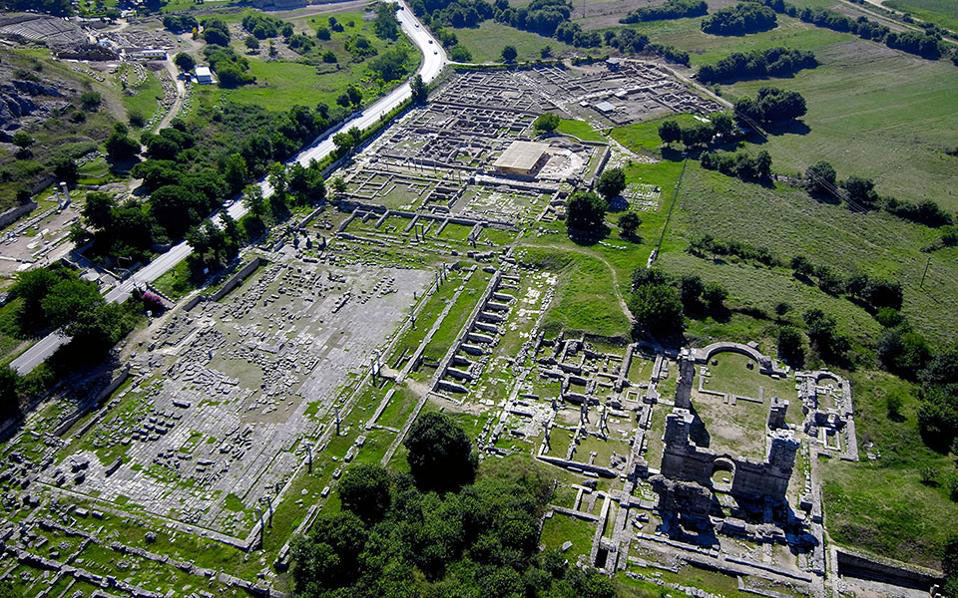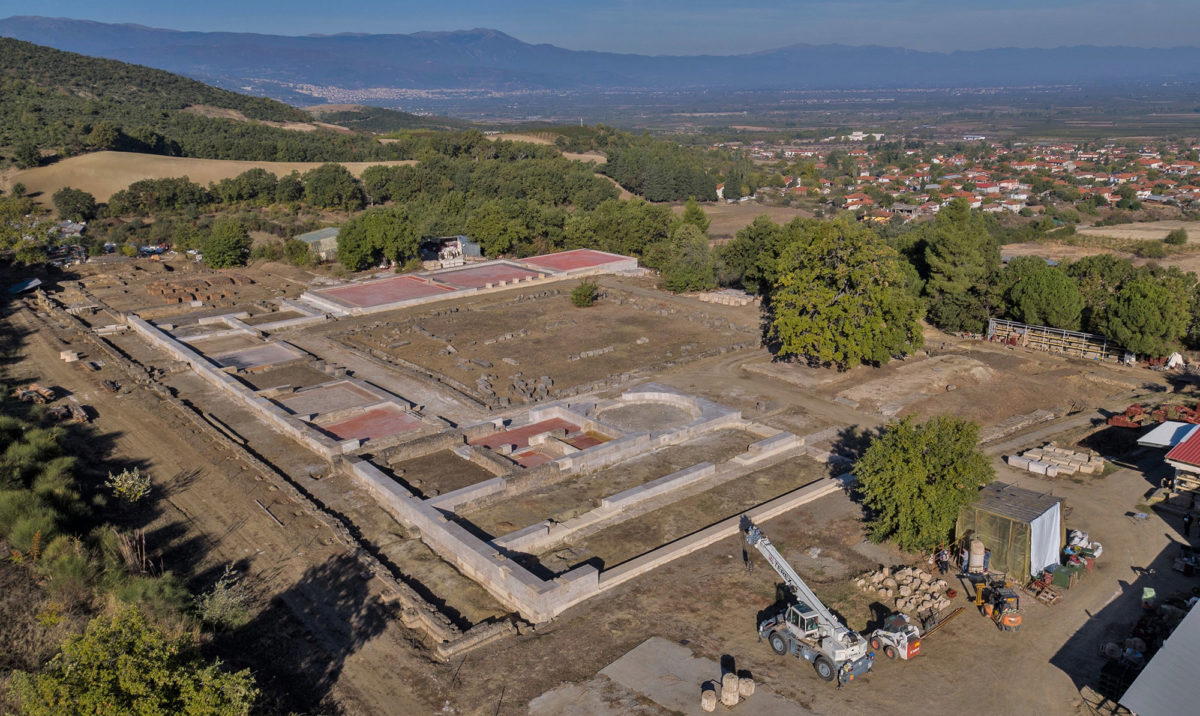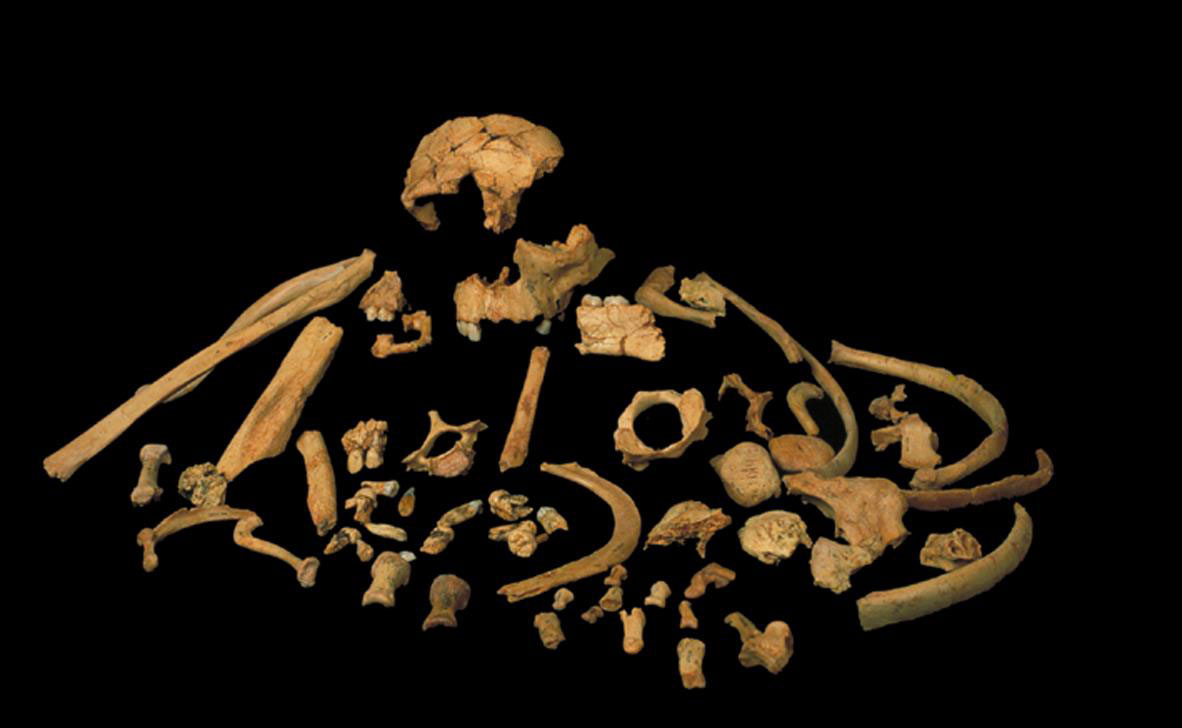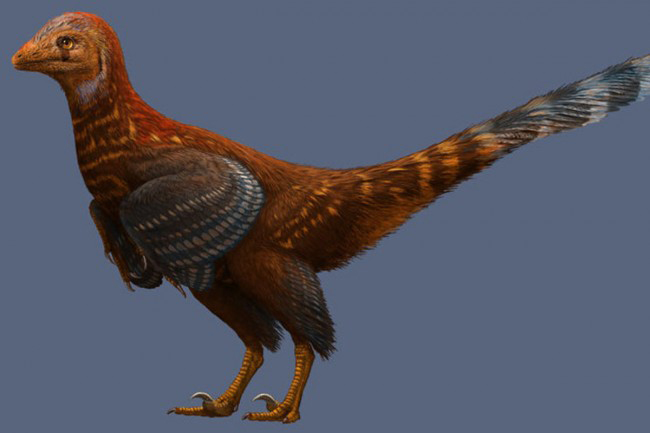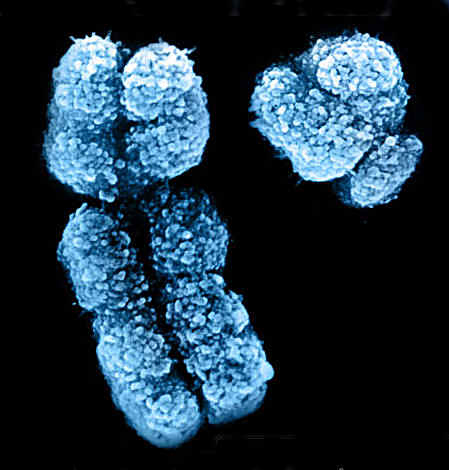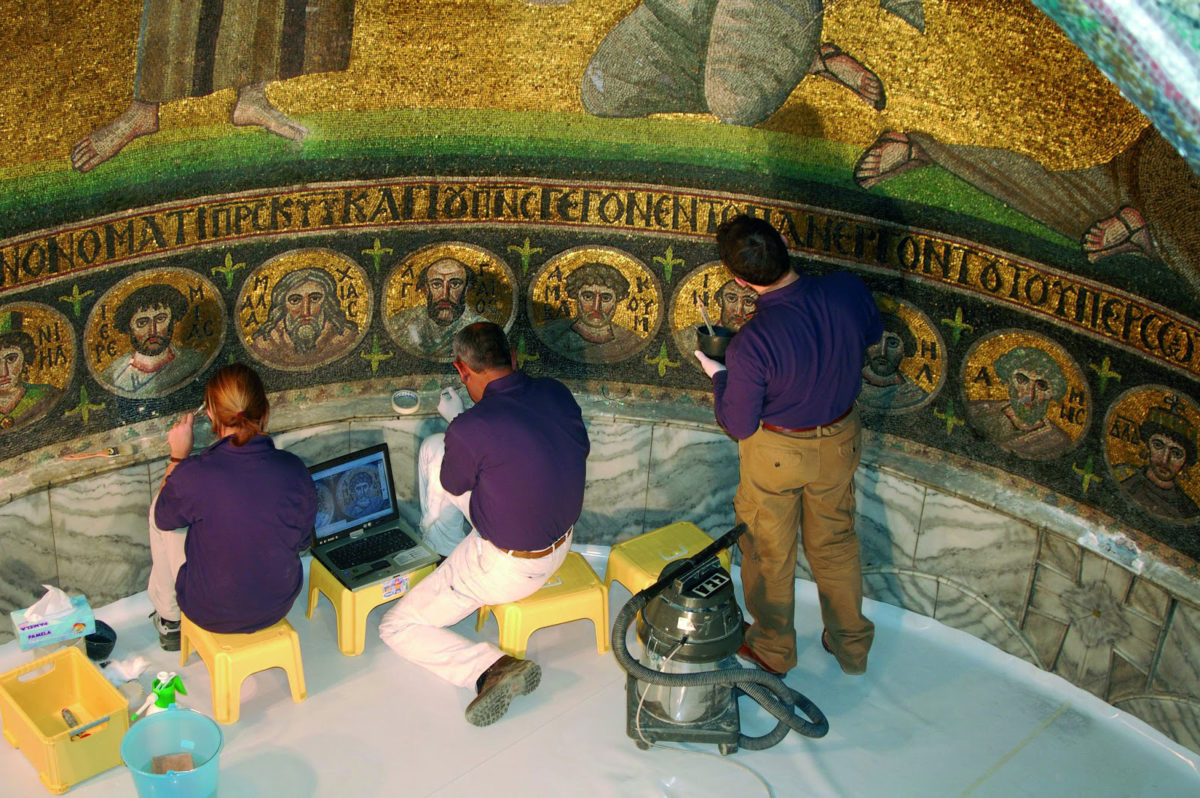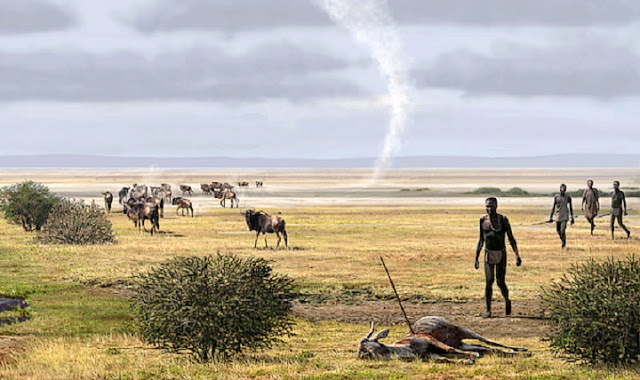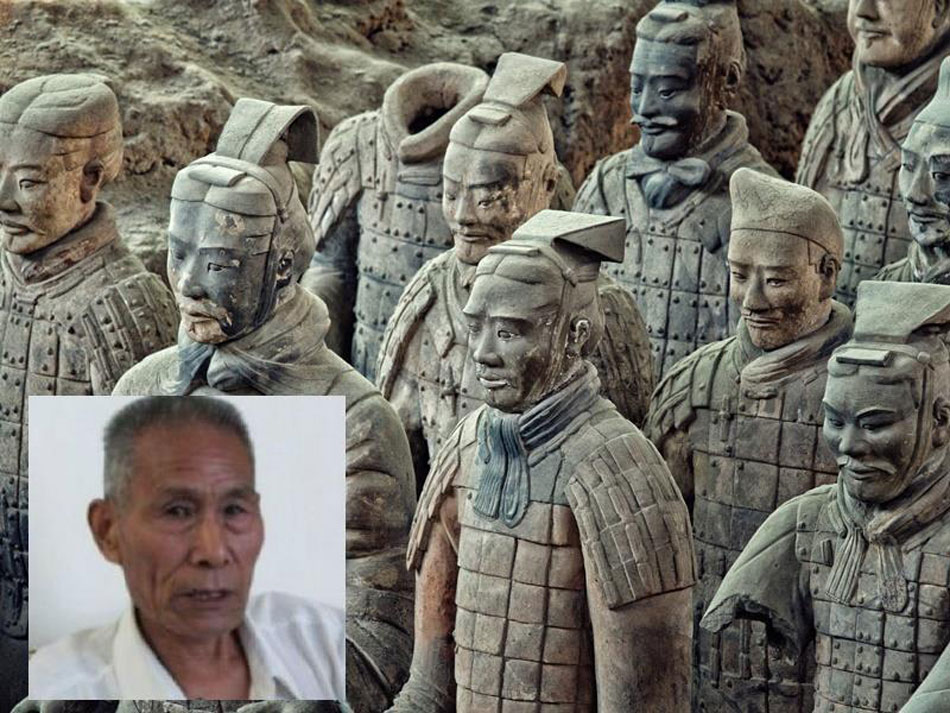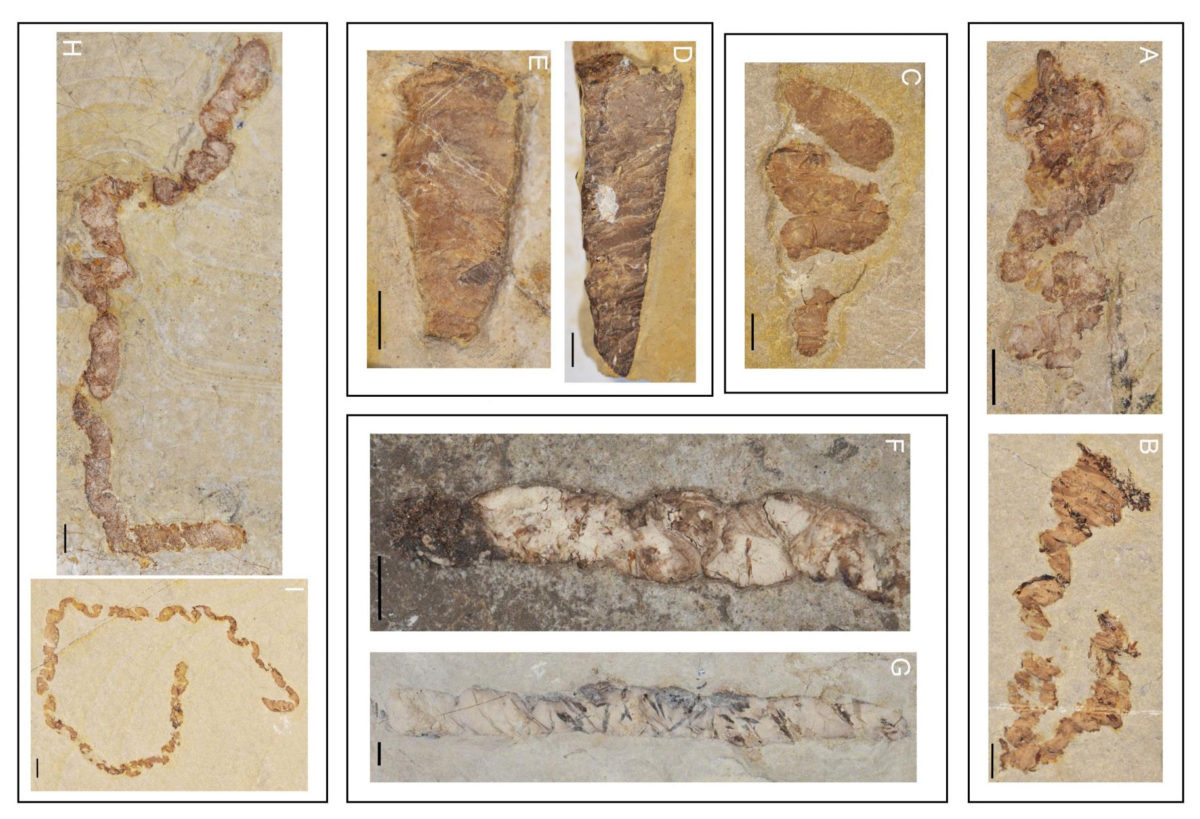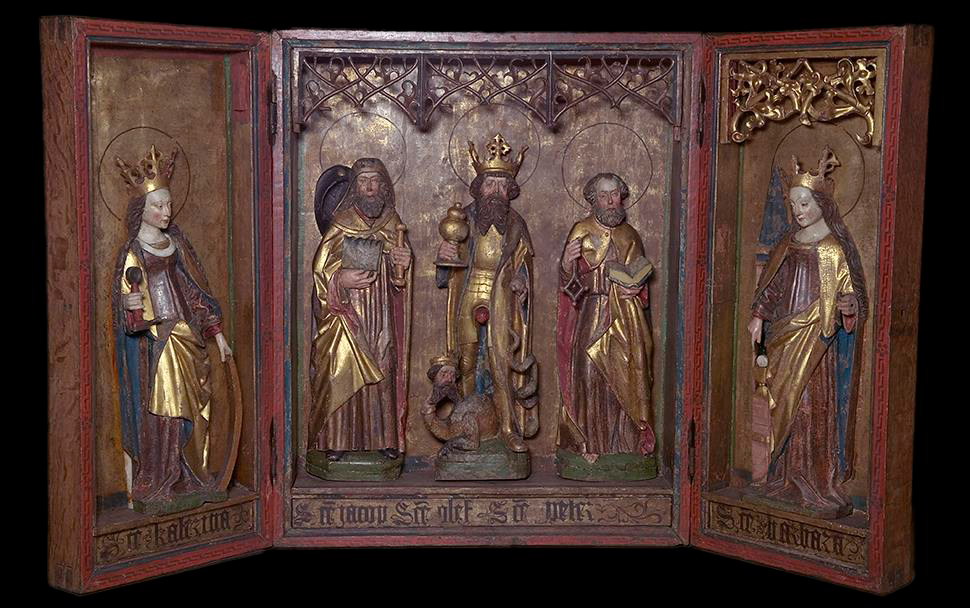Underwater archaeological research in the sea off southern Naxos
Research began in 2016 with the aim to locate and document underwater antiquities and particularly ancient harbours in the sea along the island’s southern coastline.
The smallest biggest theropod dinosaur
Spinosaurus is the longest, and among the largest predatory dinosaurs, and possesses many adaptations for a semiaquatic lifestyle.
Italy’s oldest olive oil discovered in peculiar pot
New chemical analysis conducted on ancient pottery proves the liquid gold has existed in Italy hundreds of years longer than what anthropologists have previously recorded.
Along Alaska’s Pacific coast, early humans could have migrated to the Americas
A narrow corridor between the Pacific Ocean and the Cordilleran Ice Sheet (CIS) in Alaska may have enabled the migration of humans to the Americas as early as 17,000 years ago.
UNESCO: Concern and skepticism about the Parthenon sculptures
It is the first that the Intergovernmental Committee recognizes the historical, cultural, legal and moral aspects of the return of the Parthenon sculptures.
The age old seafarers of the Aegean
New data reinforces the certainty that tens of thousands of years ago daring travellers had crossed the sea and arrived at Crete and other islands.
Recent finds at San el Hagar
A building which most probably is part of a Greco-Roman bath, pottery vessels, terracotta statues, bronze tools, a stone fragment engraved with hieroglyphs etc. were discovered at the San El-Hagar archaeological site.
Earliest European evidence of lead pollution uncovered in the Balkans
The study provides a new perspective on both the timing and extent of metallurgy in the Balkans, and the associated economic change this brought to the region, such as the inception of the Metal Ages.
Roman decapitated and crushed by block of stone while fleeing eruption of Mount Vesuvius
Pompeii was an ancient Roman town-city near modern Naples, Italy that was mostly destroyed and buried under 4 to 6 m (13 to 20 ft) of volcanic ash and pumice in the eruption of Mount Vesuvius in AD 79.
Archaeological Site of Philippi to be upgraded
The archaeological site will be funded so that all required works can begin to improve its accessibility and make it more functional.
The palace of Aigai opens to the public next Sunday
The palace of Aigai opens with a guided tour by the head of the Ephorate of Antiquities of Imathia, Angeliki Kottaridi.
Peace from Antiquity to the Present Day
In Münster, the city where the Peace of Westphalia was concluded, this exhibition is being presented by five institutions.
First direct dating of Homo antecessor
Study published in the journal Quaternary Geochronology, about the direct dating of a fossil tooth of Homo antecessor from the unit TD6 of the archaeological site of Gran Dolina in the Sierra de Atapuerca (Burgos, Spain).
Dino-bird dandruff research head and shoulders above rest
Palaeontologists from University College Cork (UCC) in Ireland have discovered 125 million-year-old dandruff preserved amongst the plumage of feathered dinosaurs and early birds, revealing the first evidence of how dinosaurs shed their skin.
Wars and clan structure may explain a strange biological event 7,000 years ago
Starting about 7,000 years ago, something weird seems to have happened to men: Over the next two millennia, recent studies suggest, their genetic diversity —specifically, the diversity of their Y chromosomes— collapsed.
Prehistoric teeth dating back 2 million years reveal details on ancient Africa’s climate
Models of wetter conditions than contemporary climate suggest human ancestors lived in environments other than open, arid grasslands.
Two rucksacks full of antiquities were seized in Koronesia
It is the fourth case of antiquity smuggling in the last two months.
Collaborative conservation of the Apse Mosaic of the Transfiguration in the Basilica at St. Catherine’s Monastery
A scientific and religious collaboration in most complex circumstances to create innovative technical solutions which made it possible to carry out conservation during religious services and in the most sacred part of the site.
Crafting a human niche: How humans and apes are different, and why it matters
Agustin Fuentes explores the common ancestry between humans and apes by examining characteristics that the two share.
Previously unknown hieroglyphic inscriptions discovered in Egypt
Polish scientists discovered dozens of previously unknown hieroglyphic inscriptions on the rocks near the temple of Hathor at Gebelein, Southern Egypt.
The archaeologist who discovered the ‘Terracotta Army’ has died
Zhao Kangmin discovered that they dated from the era of the reign of the Qin Dynasty.
ULB archaeologists dicover a 1,000-year-old-mummy in Peru
Researchers from the Université libre de Bruxelles’s centre for archaeological research (CReA-Patrimoine) has announced the discovery of a well-preserved Inca mummy at an excavation site at Pachacamac Peru.
Fossilized feces reveal Early Cretaceous aquatic vertebrate diversity
Ancient fossils faeces found in central Spain belonged to fish-eating carnivores from the Early Cretaceous.
Research reveals origins of the altarpieces
It was previously believed that altarpieces from the late Middle Ages were made in Germany. New research shows that several of them were made in Norway.
